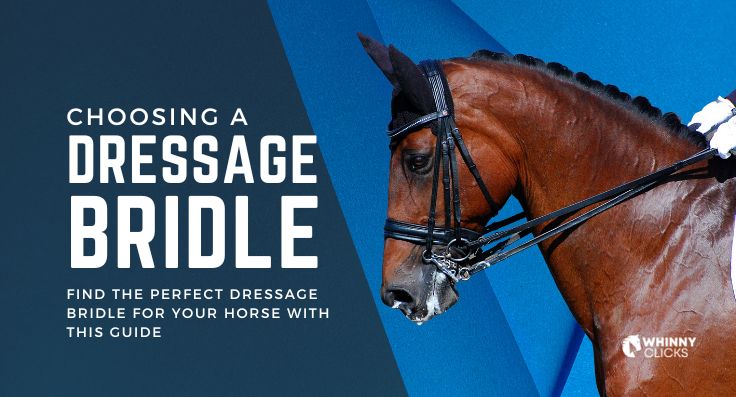5 Steps to Choosing the Perfect Dressage Bridle for Your Horse
Choosing the perfect dressage bridle is an integral part of forming a comfortable and effective connection with your horse. As a dressage rider and competitor, I can attest to the fact that a well-chosen bridle makes a significant difference to your horse’s performance and comfort. This guide will provide five essential steps to help you navigate the process and make the best choice.
Step 1: Consider Your Horse’s Comfort – Function over Fashion
Bridle Fitting 101
While it’s tempting to prioritize aesthetics, the comfort and functionality of the bridle are paramount. It should not only fit perfectly but also facilitate clear communication between you and your horse. To determine a good fit, pay attention to areas where the bridle exerts pressure: the poll (the area behind the ears), the cheekbones, and the noseband area. You should be able to slip two fingers between the bridle and your horse’s head between the noseband and flash (if the bridle has one).
Prioritize Quality Material
Bridles made from high-quality leather are not only durable but also comfortable for your horse. Quality leather is soft and molds to the shape of your horse’s head, reducing the likelihood of rubbing or discomfort. Check for evenly finished stitching, supple leather, and well-fitted, sturdy hardware.
Step 2: Understand Different Bridle Types
Snaffle Bridle
This is the most common type of bridle, suitable for all levels of dressage. It allows for direct rein contact, which provides clear communication for aids.
Double Bridle
A double bridle, consisting of a curb and a snaffle bit, is typically used at the higher levels of dressage. It allows for more nuanced communication but requires a skilled and sensitive hand to avoid overuse or discomfort.
Step 3: Evaluate Bit Choice
The bit is another crucial factor to consider while choosing a dressage bridle. While the snaffle bit is more common and versatile, other types may be more suitable depending on your horse’s level of training, mouth conformation, and personal preference. Bit trials are a good way to assess what works best for your horse.
Step 4: Style and Aesthetic
Although the comfort and function of a bridle should be the primary considerations, style does matter to many equestrians. Look for a bridle that aligns with your taste and matches your saddle and other tack. However, always ensure that style never compromises the fit and comfort of your horse.
Step 5: Seek Expert Advice
Lastly, do not hesitate to seek advice from experienced dressage riders, trainers, or saddle fitters. They can provide valuable insights and help you avoid common mistakes in bridle selection. You can also consult a reputable tack store or equestrian equipment supplier.
Remember, the perfect dressage bridle does more than merely hold the bit in your horse’s mouth. It can improve communication, enhance performance, and ensure your horse’s comfort. By following these steps, you’ll be well-equipped to make an informed decision, contributing to a successful and harmonious partnership in the dressage arena.


